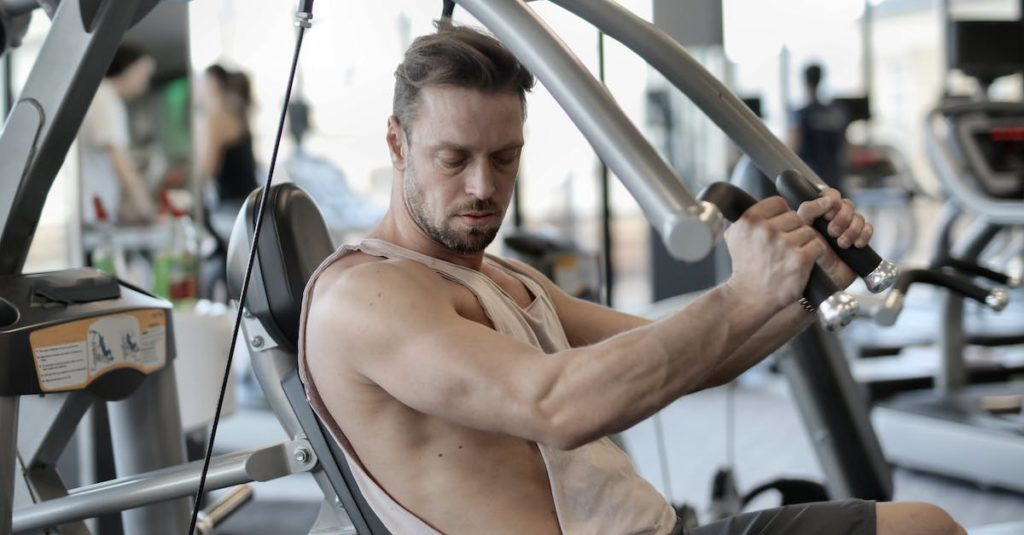Back pain is one of the most common conditions that people experience. In reality, the reduced straight back, is an incredibly well-designed framework of interconnected vertebrae, bones, muscle tissue, tendons, and ligaments all working together with great effectiveness to provide human body help, security, and freedom to the spine. However, this very complex design also makes the reduced straight back incredibly prone to discomfort and injury. Regrettably, perhaps the most cautious and specialized workout enthusiast find by themselves in discomfort from time to time. In reality, spine pain is among the leading causes of work loss in the usa.
There are several various reasons for spine pain. The most frequent reasons are strains, sprains, ruptures, and herniations associated with the spinal vertebrae. Although any of these activities can happen, they typically happen as the result of lifting fat, irregular, or immobile roles. The most typical factors behind strains, nevertheless, occur if the fat regarding the human body presses on the delicate structures associated with back, causing extortionate stretching and pulling in the spinal vertebrae. When this occurs regularly, the delicate framework is slowly stretched beyond its limits, causing a strain.
Sprains and rips are another cause for spine pain. Sprains are caused by unexpected, abrupt, and uncontrollable jerking movements, such as for example a rapid stop by the feet whenever walking or abruptly wanting to jump. Ligament tears occur, however, from more repetitive and sustained stress and loading, such as for example lifting huge field over your head over and over repeatedly. Diagnosis associated with condition may depend upon whether you can find any visible signs and exactly how the damage happened.
Chiropractic care is a wonderful treatment plan for lower back pain associated with muscle problems. Chiropractic adjustments are performed by highly trained specialists. They first examine the individual then start a delicate stretching procedure to discharge any muscle tissue stress which may be present. Following the alterations were made, a prescription might be made to the in-patient to prevent the observable symptoms from recurring. Pain killers can also be given, or a mixture of anti-inflammatory medication to ease the muscle tissue spasms. A follow-up visit are suggested six days after the initial trip to verify the situation has healed.
Muscular contractions (muscles agreement) at a faster rate than usual settings the amount of motion that occurs in our bones. Contractions can happen unexpectedly also without pain, such as for instance when bending down. This can bring about a pinched nerve, which can cause serious pain into the lower back. Many factors behind lower back pain are pertaining to muscle tissue contractions or stretching. Diagnosis can only just be determined through an intensive examination.
Drugs can be prescribed to treat the irritation if you have no structural harm to the spine. Anti-inflammatory drugs (NSAIDs), which are called nonsteroidal anti inflammatory medications, can be utilized. A physician may recommend this for various reasons, such as for example reducing swelling, discomfort, or to get a handle on the general irritation. Strength relaxants could also be used along with NSAIDs if you have a need to regulate spasms. Physical therapy, acupuncture, massage, or hot and cool remedies may also be suggested. Pain medications should only be applied to the advice of your doctor and under close medical supervision.









